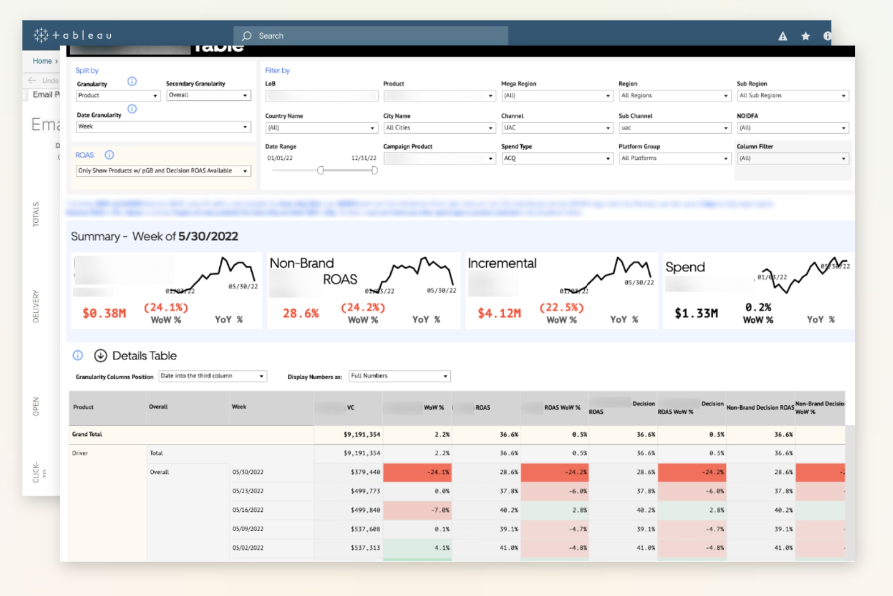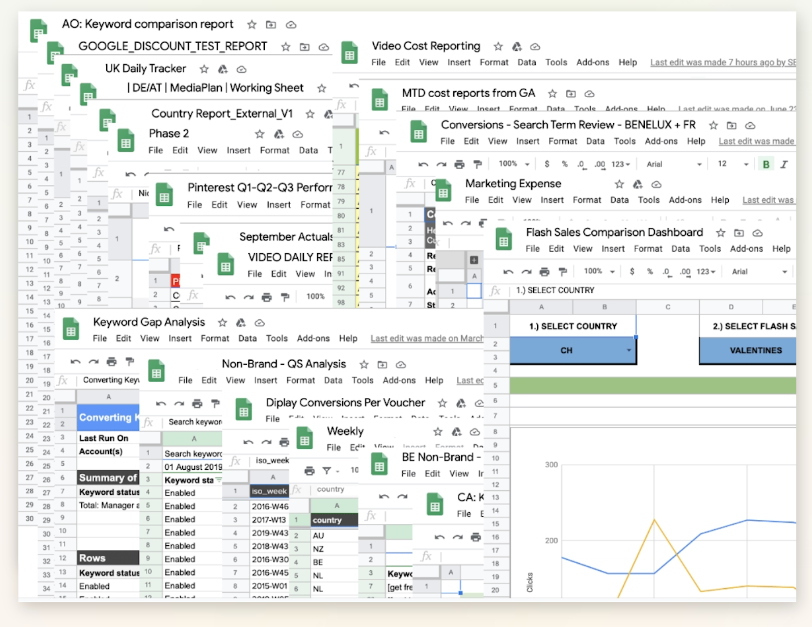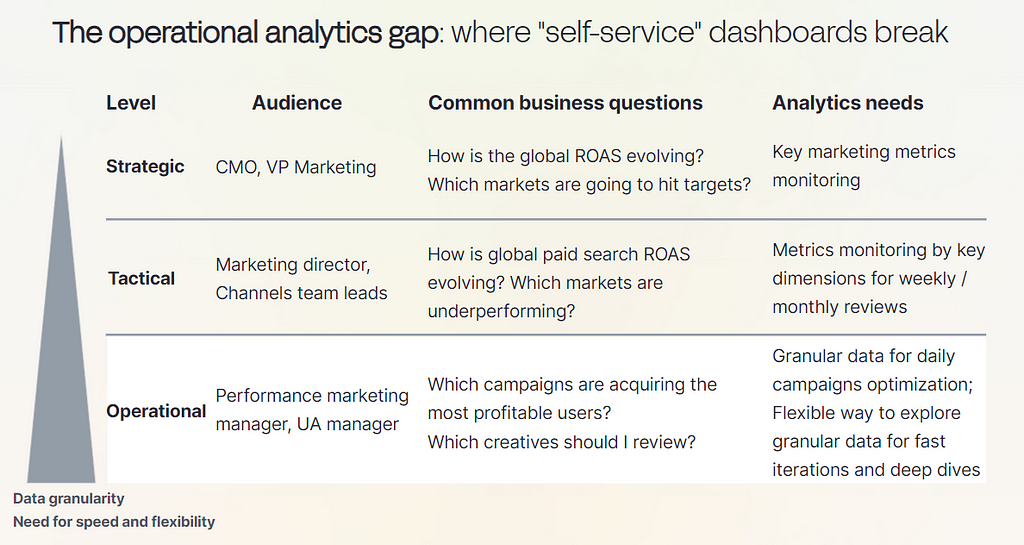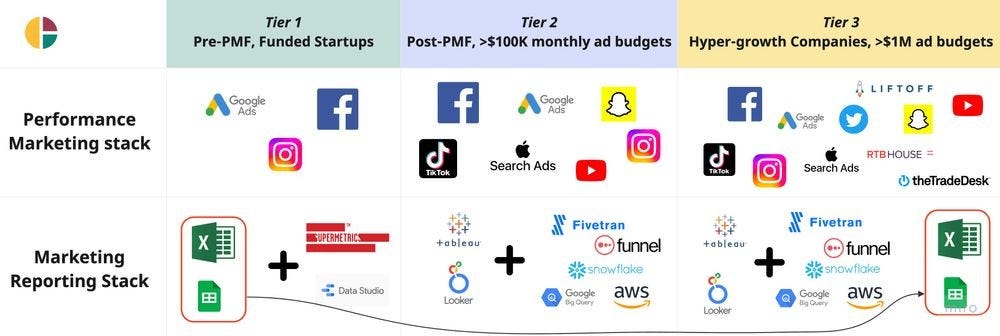Go Here to Read this Fast! Arsenal vs Crystal Palace live stream: Can you watch for free?
Originally appeared here:
Arsenal vs Crystal Palace live stream: Can you watch for free?
Go Here to Read this Fast! Arsenal vs Crystal Palace live stream: Can you watch for free?
Originally appeared here:
Arsenal vs Crystal Palace live stream: Can you watch for free?


Originally appeared here:
Microsoft network breached through password-spraying by Russian-state hackers
The Bitcoin and digital asset mining firm Hut 8 responded to a recent critical report in a statement on Jan. 19. The mining company wrote: “Hut 8 Corp is aware of a short report … by J Capital Research, which is a self-proclaimed group of biased activists who clearly disclose that they will profit if […]
The post Hut 8 responds to report criticizing USBTC merger and other activities appeared first on CryptoSlate.
Go here to Read this Fast! Hut 8 responds to report criticizing USBTC merger and other activities
Originally appeared here:
Hut 8 responds to report criticizing USBTC merger and other activities
Ethereum’s correlation to Bitcoin declined as prices fell.
New developments on the Ethereum network may help ETH in the future.
Bitcoin [BTC] was in the limelight for quite some time due to
The post Ethereum decouples from BTC – Here’s what it means for ETH’s future appeared first on AMBCrypto.
ETC’s price has dropped by double digits in the last week.
Despite the price dip, bullish momentum remains.
Following a post-ETF-approval rally, Ethereum Classic [ETC] has begun to shed
The post Ethereum Classic pulls back after rally fueled by ETF approval appeared first on AMBCrypto.
Go here to Read this Fast! Ethereum Classic pulls back after rally fueled by ETF approval
Originally appeared here:
Ethereum Classic pulls back after rally fueled by ETF approval


Finding data products in a data mesh is a challenge. Data catalogs may not be an answer. A Registry is the window to an enterprise data…
Originally appeared here:
The Data Mesh Registry — a Window into Your Data Mesh
Go Here to Read this Fast! The Data Mesh Registry — a Window into Your Data Mesh



Marketing is often the main use case for analytics. Most performance marketers are data-driven and -literate. They want to use data to optimize their campaigns and achieve their ROI targets.
However, self-service analytics is falling short. Especially for sophisticated and complex marketing teams running thousands of campaigns for various products across multiple markets and channels.
Let’s analyze the gap between expectation and reality.

Data teams are responsible for marketing dashboards, scoping the requirements and needs of each team. They build a single source of truth including all data across brands and categories in one place, accessible to marketers on the BI dashboards.
The expectation is that high-level dashboards and core deep dives will be sufficient and spreadsheets will go away.
This expectation breaks easily apart…

Dashboards lack the granularity and flexibility for deep dives (e.g., keyword- or creative-level analysis) and are not well suited for specific marketing analyses like budgeting or pacing. Moreover, marketing is very fast-changing. Analytics needs change very quickly (e.g., new channel, new metric, new dimension).
Marketers depend on data teams for any updates such as changes to metrics or dimensions. Report requests wait for data teams’ prioritization, which takes too long.
Marketers can’t wait. They have budgets to manage and ROAS targets to achieve — the stakes are high.
The fallback solution? Spreadsheets.
“In our BI tool, we don’t have the data granularity that our marketing colleagues need. In order to optimize their campaigns, they need to get down to the creative and keyword level. —Data leader
Dashboards are great for high-level metrics monitoring and basic deep dives, which meet the needs of managers, directors, and VPs. Daily and weekly operational decisions require more granularity and flexibility. This is why “self-service” dashboards break for operational use cases, typically owned by individual contributors like performance marketing managers and user acquisition managers.

In the early days of any company, marketing analytics runs on spreadsheets. As the data team builds the modern data stack, the expectation is that spreadsheets will go away. And they often do for some time. However, at a later stage, when the company continues to grow, expand into new channels and markets, launch more campaigns, etc., there is a need for more granular analysis at the speed of business. That’s where spreadsheets come back.

Spreadsheets are the go-to solution for performing granular analysis at the speed of business. Marketers have full control over them and can test their hypotheses with rapid feedback cycles.
Spreadsheets are a great addition to the available dashboards.
However, there are many shortcomings and drawbacks associated with this reality.
For marketing teams, this reality leads to wasted budget and suboptimal ROAS.
While budgets are decided at a higher level, the execution happens at the granular level of individual contributors. Performance Marketing Managers and User Acquisition Managers manage the campaigns, ultimately owning the ROAS metrics.
Spreadsheet-based analytics involve manual workflows, namely downloading data from channel platforms or using connectors tools, modeling the data, and running analyses. These manual processes and workflows are very time-consuming and error-prone.
Spreadsheets also lack data governance, leading to multiple sources of truth, silos, and mess. The common symptom is the typical question “Why don’t the numbers match?”
Managing significant marketing budgets on spreadsheets is far from ideal. Now that we understand how this reality leads to missed opportunities, let’s think about how to close this gap.
Closing this gap often requires work across the 4 key elements (culture, people, tools, processes). Where to start and what to prioritize depends on your current situation. That’s where you should start: deeply understand how your marketers are running their analysis. Don’t just ask them. Instead, sit next to them and let them walk you through their daily and weekly workflows. This will enable you to understand where to start and map out the gap between your current situation and the ideal world.
Data teams are sometimes bothered by this situation or simply ignore it. This is not the way to solve this problem. Avoid getting emotionally attached to the dashboards and solutions you‘ve built. Also, avoid simplistic explanations like “marketers don’t know how to use our BI tool. That’s why they use spreadsheets”. These pitfalls lead to interpersonal friction, making the problem worse.
Instead, seek to understand the current situation by getting close to the marketing team. See this gap as a big opportunity to have a significant business impact and improve the ROI of data.
Below, I’m sharing some generic best practices to tackle this gap.
While specific action points depend on your context, here are a few best practices across the 4 key elements:
— — — — — — — — — — — — — — — — — — — — — — — — — — — — — — — — — — —
Thoughts? Reach out to João Sousa, go-to-market leader at Clarisights. Stay tuned for more posts on marketing analytics and reporting.
The Marketing Reporting Gap was originally published in Towards Data Science on Medium, where people are continuing the conversation by highlighting and responding to this story.
Originally appeared here:
The Marketing Reporting Gap
Go Here to Read this Fast! Where to watch The Traitors (all versions)
Originally appeared here:
Where to watch The Traitors (all versions)

